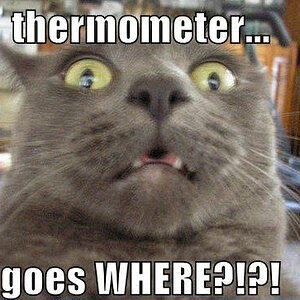MOREGONE
No longer a newbie, moving up!
- Joined
- Sep 13, 2012
- Messages
- 875
- Reaction score
- 195
- Location
- Tempe, AZ
- Can others edit my Photos
- Photos NOT OK to edit
Hello,
First I know none of my lenses are true macro, but I am wondering which of my lenses would be best for wedding detail shot like the rings. I have a wedding coming up and don't want to mess around learning while I'm there. I am pretty sure I should do it with my 70-200, but wanted some opinions.
I have:
Fairly confident the Tokina is out. I've tried close up shots with the 17-50 and just never got satisfying results. The 50 has a larger minimum focusing distance to than the 17-50 so that should be out too. The 70-200 has the furthest but its focal length I believe makes up for it. What do you guys think?
First I know none of my lenses are true macro, but I am wondering which of my lenses would be best for wedding detail shot like the rings. I have a wedding coming up and don't want to mess around learning while I'm there. I am pretty sure I should do it with my 70-200, but wanted some opinions.
I have:
- Tamron 70-200 2.8 non vc - Min Focus .95m
- 50mm 1.8D Min Focus .47m
- 35mm 1.8G dx
- Tokina 12-24 f4
- Tamron 17-50 2.8 non vc - Min Focus .27m
Fairly confident the Tokina is out. I've tried close up shots with the 17-50 and just never got satisfying results. The 50 has a larger minimum focusing distance to than the 17-50 so that should be out too. The 70-200 has the furthest but its focal length I believe makes up for it. What do you guys think?


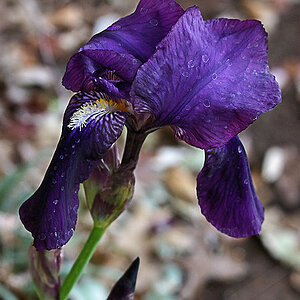
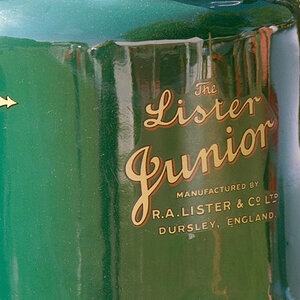
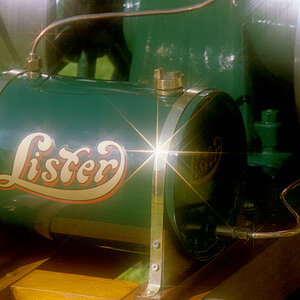
![[No title]](/data/xfmg/thumbnail/30/30988-aef3845b94a67d6dcce6e4e59d5d66c3.jpg?1619734553)
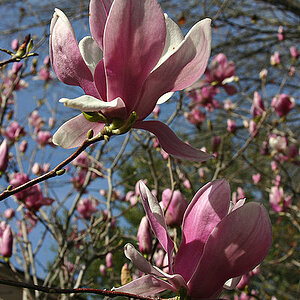
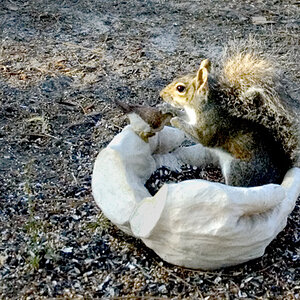
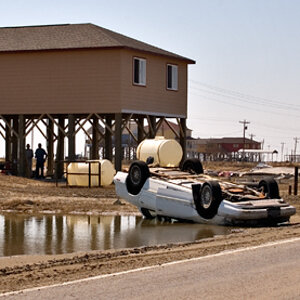
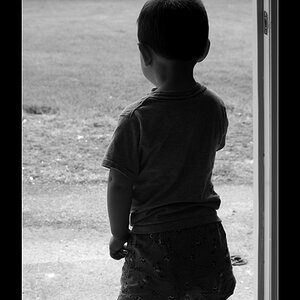
![[No title]](/data/xfmg/thumbnail/30/30992-773558233723ab0d28c307a97a1a2427.jpg?1619734556)
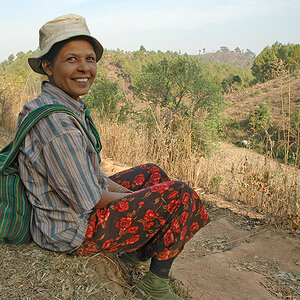
![[No title]](/data/xfmg/thumbnail/34/34592-a6ba64e21d4257d5df6832c1bc9691f1.jpg?1619736566)
